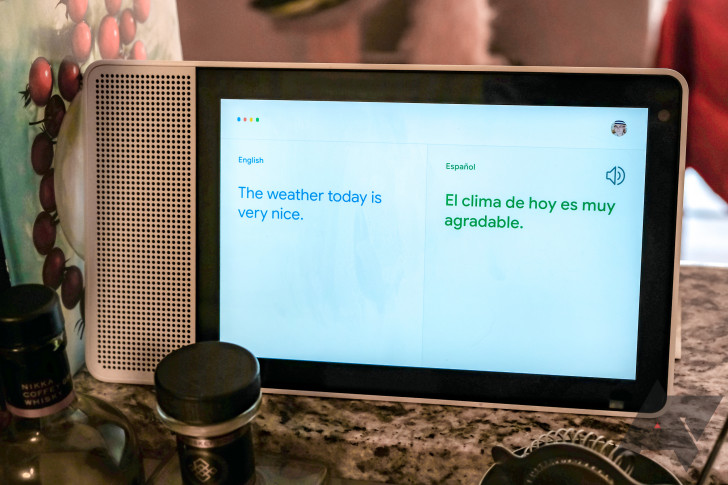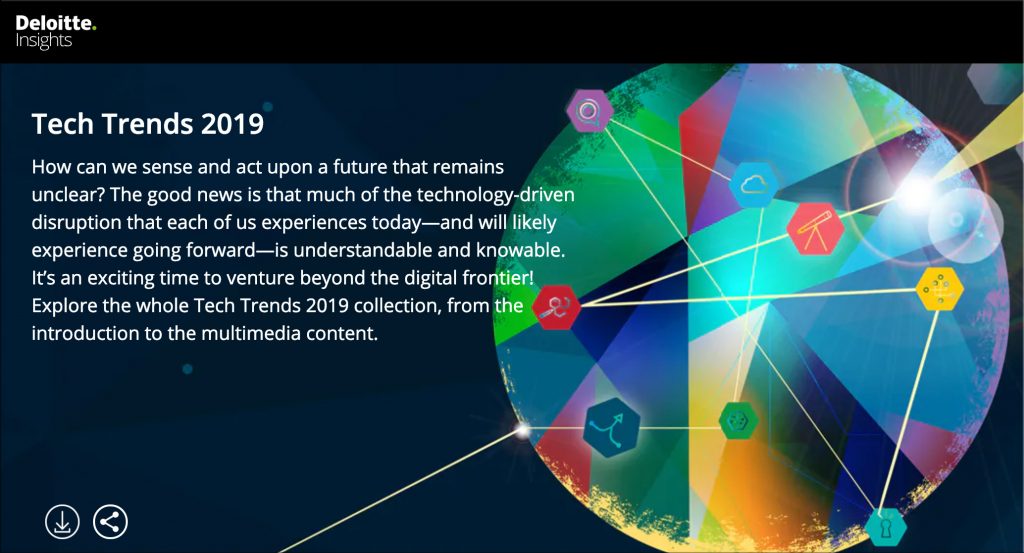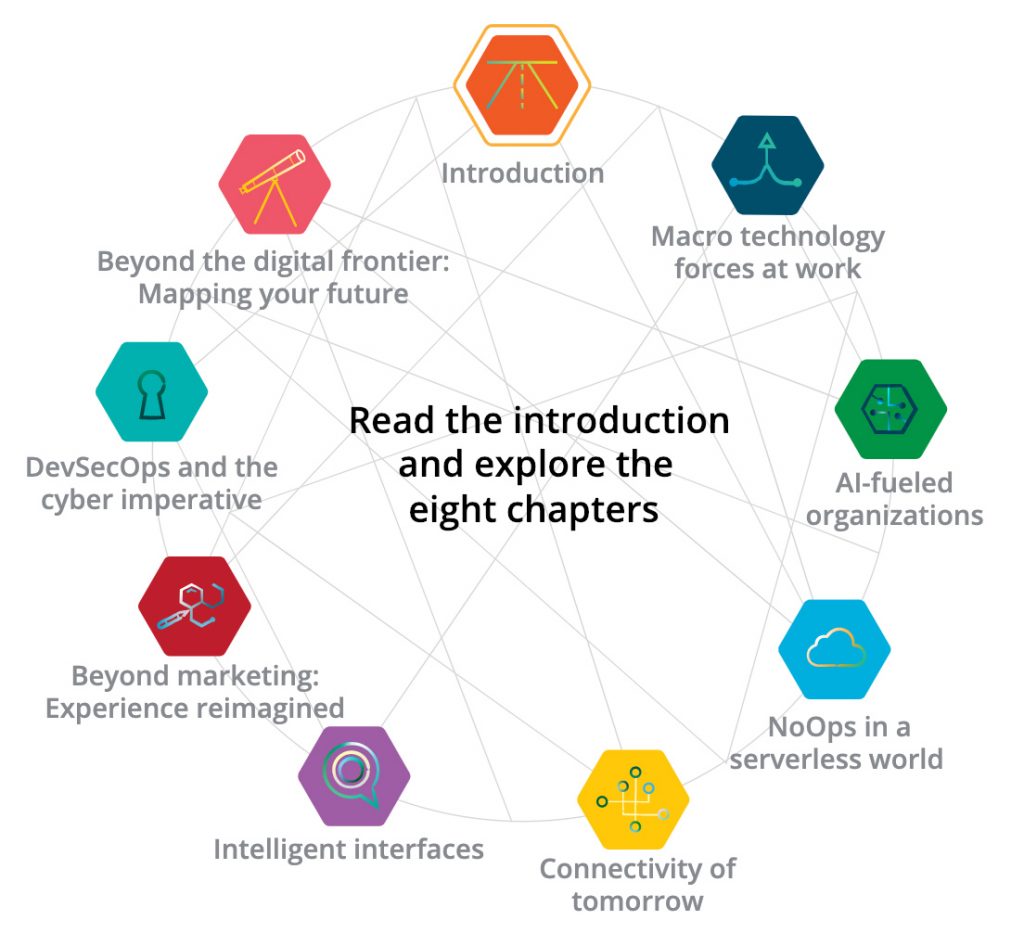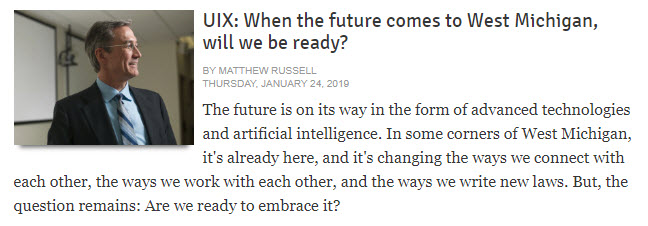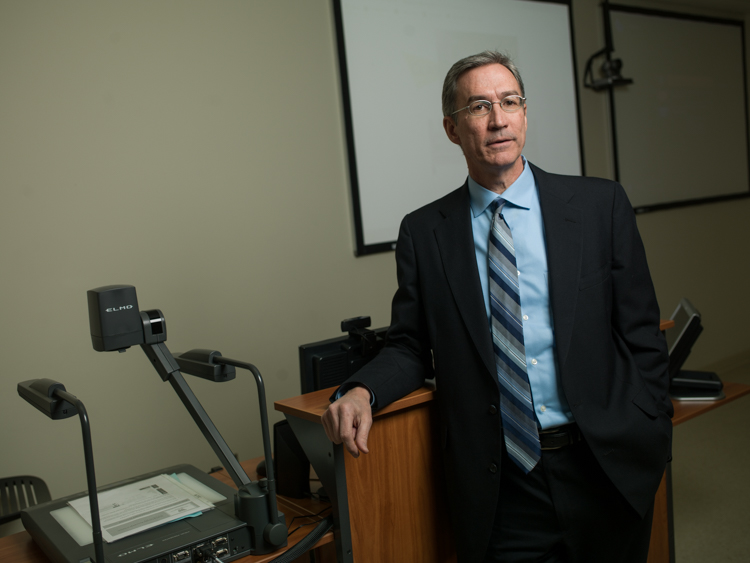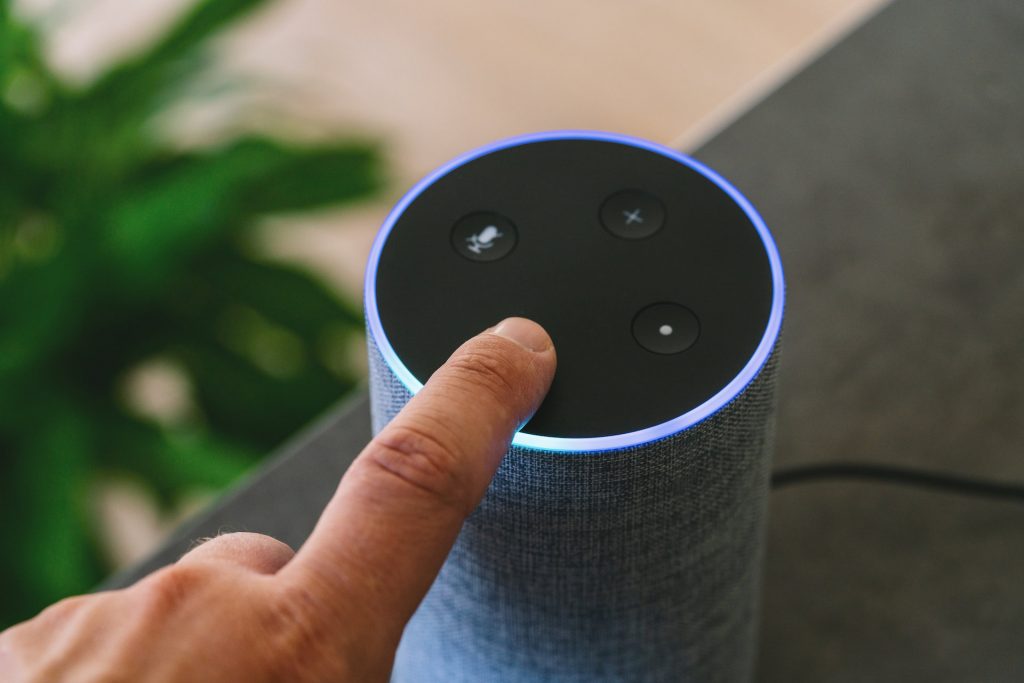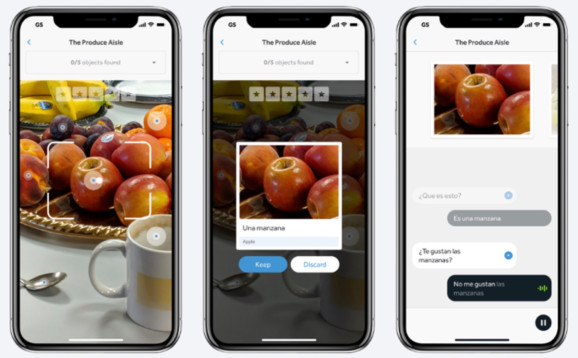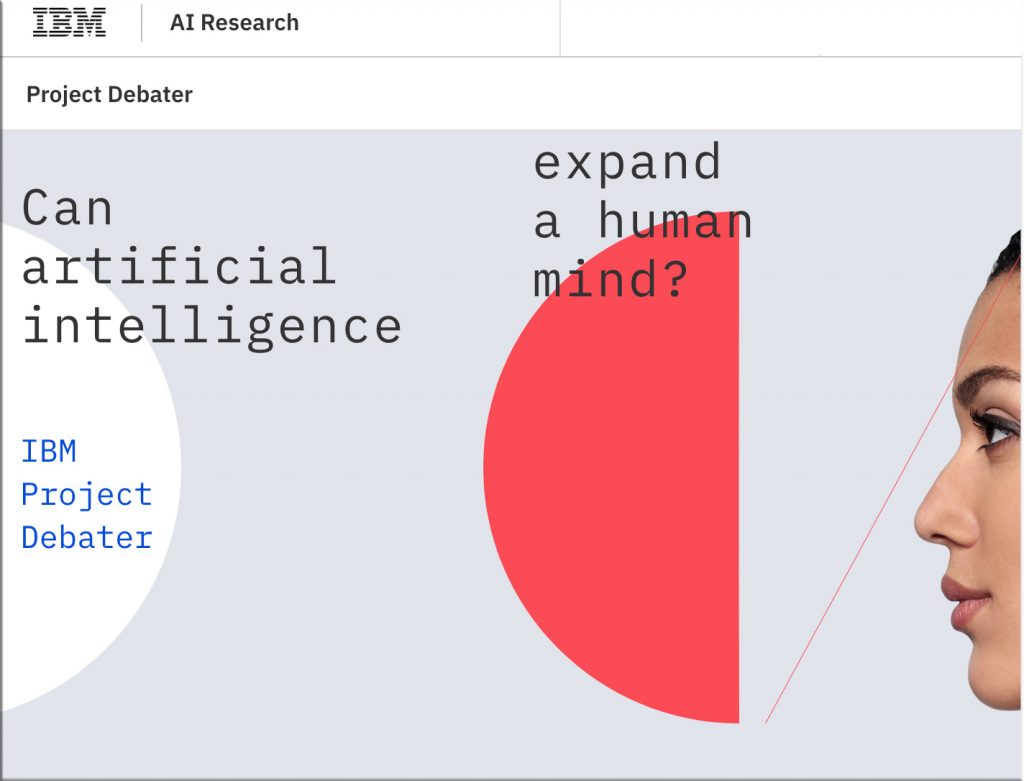135 Million Reasons To Believe In A Blockchain Miracle — from forbes.com by Mike Maddock
Excerpts:
Which brings us to the latest headlines about a cryptocurrency entrepreneur’s passing—taking with him the passcode to unlock C$180 million (about $135 million U.S.) in investor currency—which is now reportedly gone forever. Why? Because apparently, the promise of blockchain is true: It cannot be hacked. It is absolutely trustworthy.
Gerald Cotton, the CEO of a crypto company, reportedly passed away recently while building an orphanage in India. Unfortunately, he was the only person who knew the passcode to access the millions his investors had entrusted in him.
…
This is how we get the transition to Web 3.0.
Some questions to consider:
- Who will build an easy-to-use “wallet” of the future?
- Are we responsible enough to handle that much power?
Perhaps the most important question of all is: What role do our “trusted” experts play in this future?
From DSC:
I’d like to add another question to Mike’s article:
- How should law schools, law firms, legislative bodies, government, etc. deal with the new, exponential pace of change and with the power of emerging technologies like
#blockchain ,#AI,#ML ,#FacialRecognition etc.?









